Electron cloud and beam induced electron multipacting are fundamental problems that will limit the operational performance of the HL-LHC at CERN. A new mitigation technique for complete eradication of these problems utilising laser ablation of the vacuum chamber surface has been demonstrated to achieve a value of secondary emission yield (SEY) below unity. An STFC-funded collaboration between CERN, STFC and Dundee University, which was initiated in November 2016, is currently underway with the aim to produce Laser Engineered Surface Structures (LESS) by in-situ treatment of the beam screens of high intensity particle accelerators such as HL-LHC and SPS at CERN.
This treatment is fundamental to the upgrade of the HL-LHC and will be the World's first demonstration of the LESS performance.
Dundee University are performing experimental treatment of samples of COLDEX beam screens, provided by CERN, in order to determine the laser parameters required to achieve a SEY value < 1 at cryogenic temperatures. Figure 1 shows a COLDEX vessel section held within the test rig at Dundee University. Since January 2017, a total of 9 COLDEX sections have been treated and returned to CERN. There, they will be integrated and ready for SEY testing with beam on the SPS accelerator from April 2017. Figure 2 shows part of the free space laser beam propagation and optical setup employed to provide the required surface treatment. Before treatment, the profile of the beam screen inner surface is scanned using a distance sensor; from this a calibration table is created. This enables dynamic adjustment of the laser focus in order to account for the expected non-uniformities on the surface, hence providing uniform laser surface structuring.
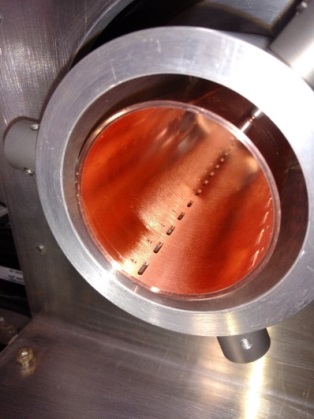
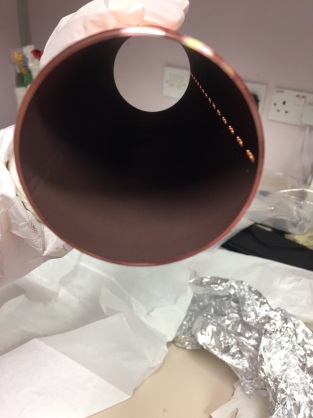
Figure 1. COLDEX sample within test rig (before and after
LESS treatment)
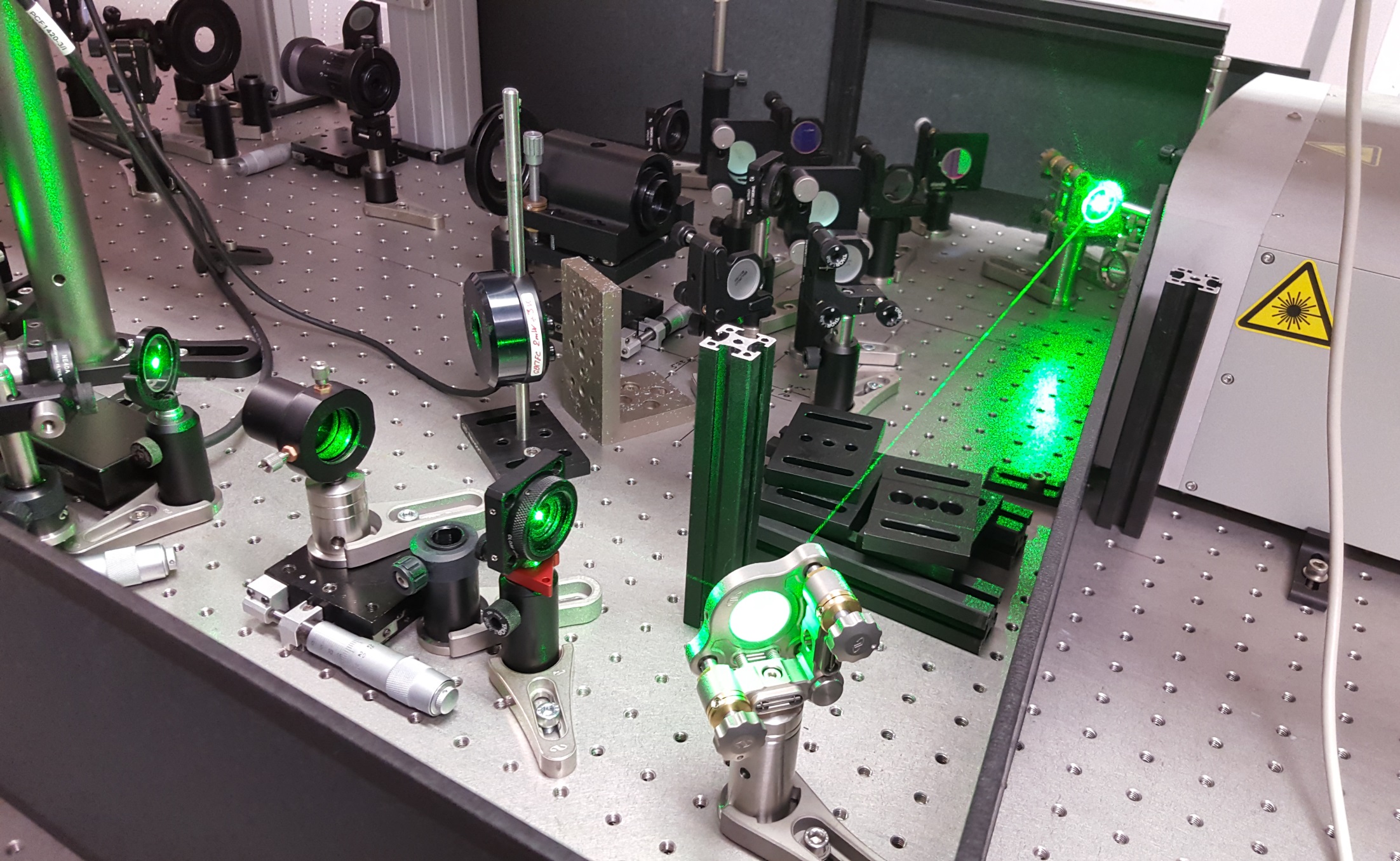
Figure
2. Snapshot of the optical setup
The ASTeC Vacuum Science Group (VSG) has developed and applied techniques to characterise not only SEY but also other important properties which are critical for the accelerated beam, such as low outgassing and low electron stimulated desorption and increased surface resistance. The LESS treatment must also not create metallic particulates larger than 25 μm in diameter and so sample pieces are therefore being sent to both STFC ASTeC VSG at Daresbury Laboratory (DL) and CERN where measurements will determine the number and size of the particulates generated for varying laser parameters.
(a)
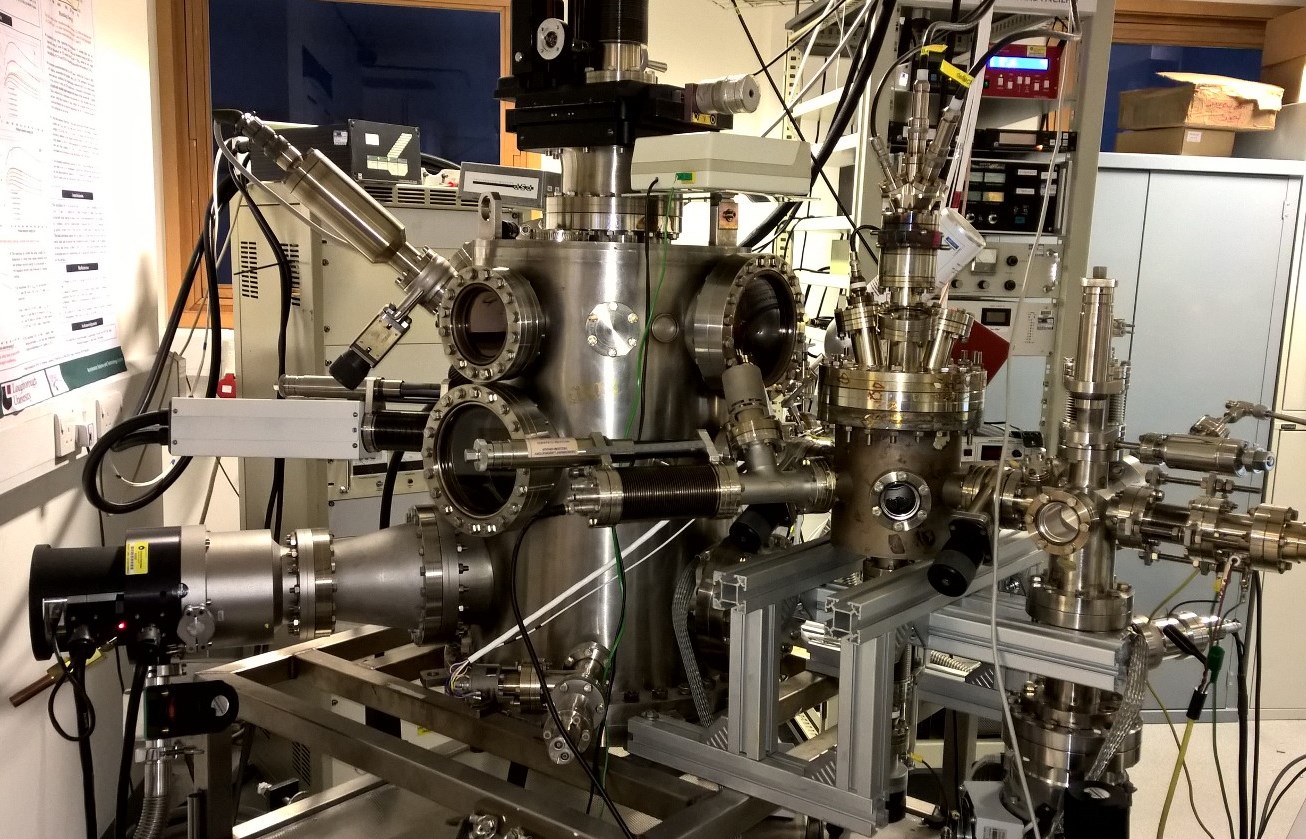
(b) (c)
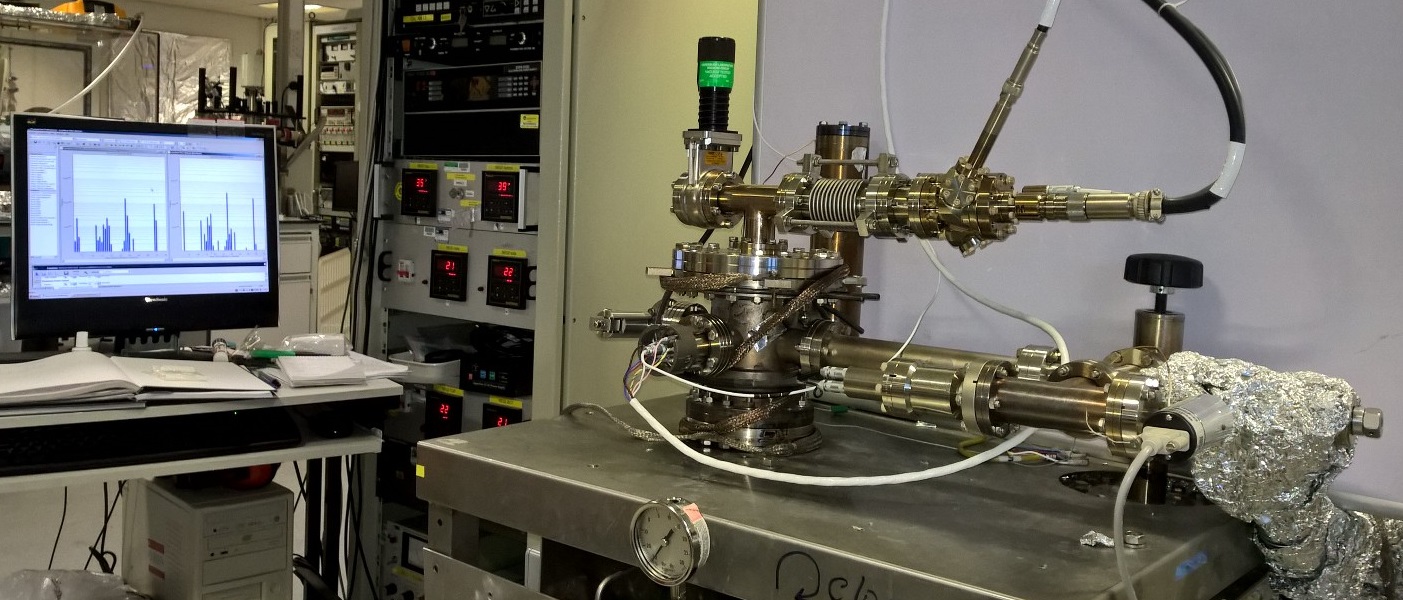
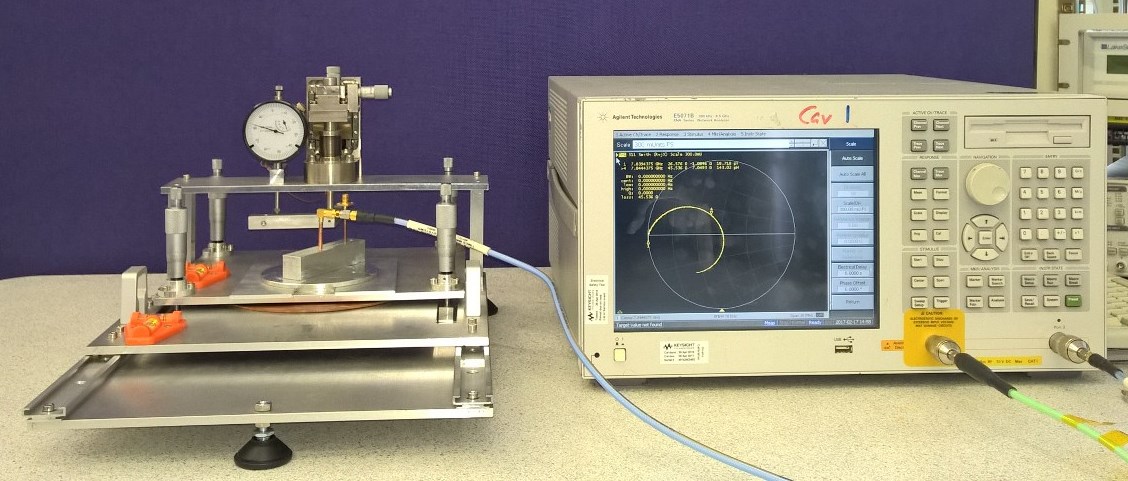
Figure 3. Daresbury vacuum facilities for a) SEY, b) outgassing and c) surface resistance characterisation.
The STFC Project and Mechanical Engineering (PME) Group at DL are developing a prototype treatment carriage which will house the required optics and enable the delivery of the laser along beam screens of up to 15m in length. Figure 3 shows the current CAD design of the carriage which incorporates 8 motor driven wheels and a rotating mirror head, providing the axial and rotational movement required for the LESS in-situ treatment. Spring-loaded wheels allow the carriage to be scalable for various beam screen sizes. The laser will be delivered down the beam screen via a specialised optical fibre, while nitrogen and vacuum feeds provide a mechanism for cleaning and protecting the surface as it is being treated.
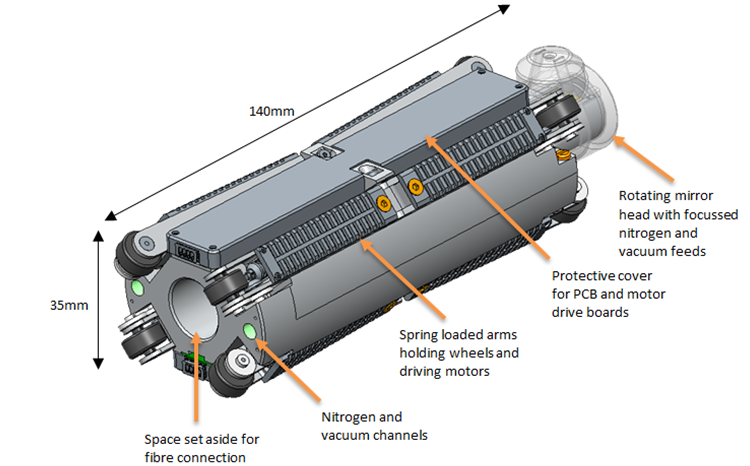
Figure 4. Robotic carriage design for the housing of laser delivery optics
Delivery to CERN of the prototype treatment carriage with the laser system integration is expected for April 2018. It is proposed that once the prototype has achieved the objectives set by CERN, multiple laser systems and robotic carriages will be utilised to treat the internal LHC detector beam screens at a higher rate, ready for first HL-LHC operation in 2026.
